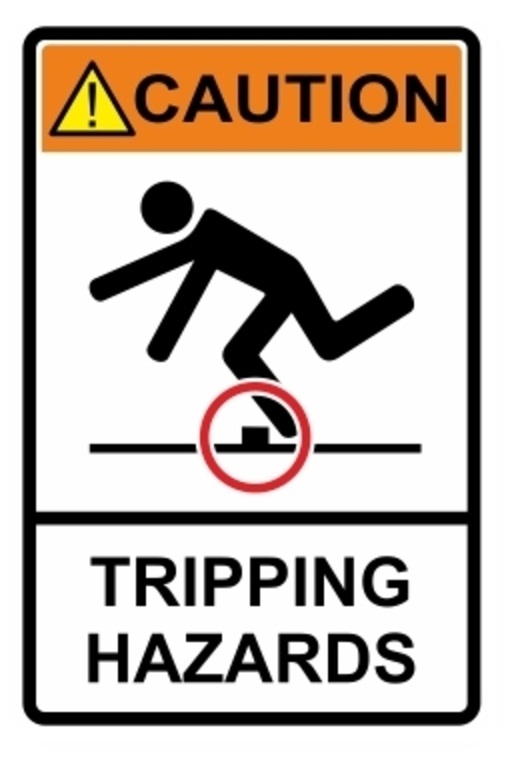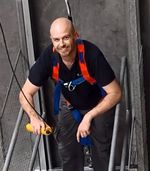Effective Methods to Avoid the Dangers of Tripping
What are the common risk factors for trips and what are the most effective strategies to prevent them from happening?
Let Slip Check, the expert in slip assessment services, answer these questions for you. We will also provide you with helpful tips to manage and avoid the dangers associated with tripping.
In our previous article, we tackled two ways to control slip hazards in the workplace. This time, let’s discuss some methods to manage or avoid the dangers of tripping. But before doing so, let’s define the term and learn the common trip hazards.

What involves a trip?
A trip usually occurs when your foot strikes, collides or hits an object, causing you to stumble and lose the balance, resulting in a fall. Some common causes of tripping are:
- clutter or personal items left on the floor
- objects that obstruct the view
- inadequate lighting
- poorly maintained access routes
- uncovered electrical cords or cables in the workplace or high traffic areas
- uneven flooring surfaces (e.g. loose paving)
- worn floor coverings (e.g. wrinkled carpeting or torn mat)
Control Methods and Helpful Tips to Avoid Trips
To manage the common trip hazards mentioned above, it is a good practice to design some control methods and carry out some policies to avoid or reduce the risks. Below are some strategies to consider.
- Redesign the space to remove clutter or obstacles that may obstruct the view.
- Make sure that the walkways, pathways and other areas have well-directed lighting.
- Create storage facilities where equipment, tools and personal items can be kept.
- Ensure that ceiling and floor conduit for computer cables, telephone lines and electrical cords are covered and placed in the right location.
- Conduct a slip resistance testing in various areas at home or in the workplace, including footpaths, garden edging and car parks.
Bottom Line
Trips may happen at home, in the workplace or in the local community, and may result in a fall which may lead to serious injuries such as strains, sprains, cuts, bruises and broken bones. To ensure your safety, it is important to be vigilant of your surroundings. Most of all, assess the areas for potential dangers lurking in every corner to keep your family or your employees safe and protected at all times.
To help you identify potential slip, trip and fall hazards, contact our slip resistance testing experts at Slip Check.
Our specialists can conduct in-depth slip testing methods and implement effective solutions to help avoid potential trip hazards that may jeopardise the safety of your employees or family members.


